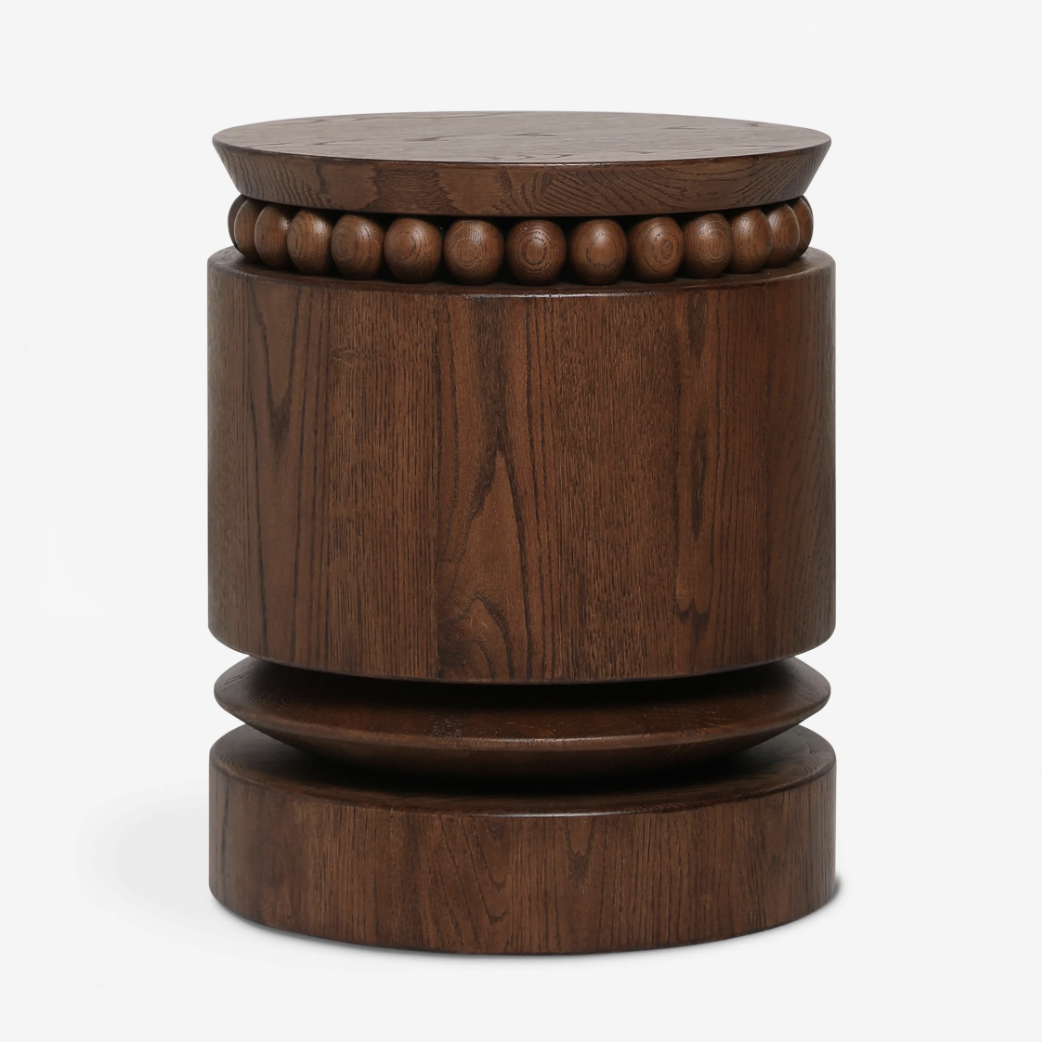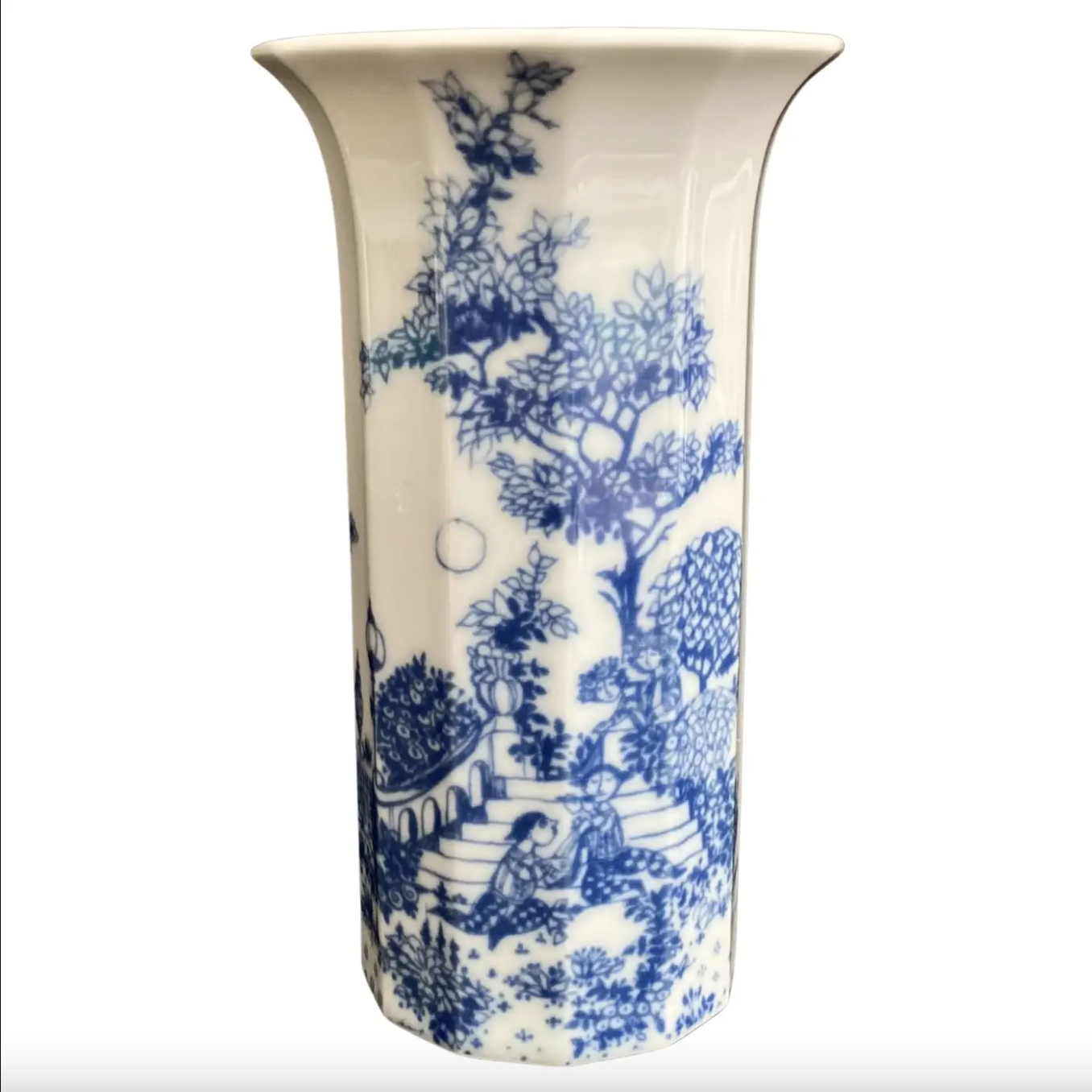Experts reveal the 8 vintage and antique decor pieces you should avoid having in your home – for an enduring and fuss-free scheme
Collectibles and curios can add beautiful interest to your home, but these are the buys to avoid if you want an enduring, stylish space
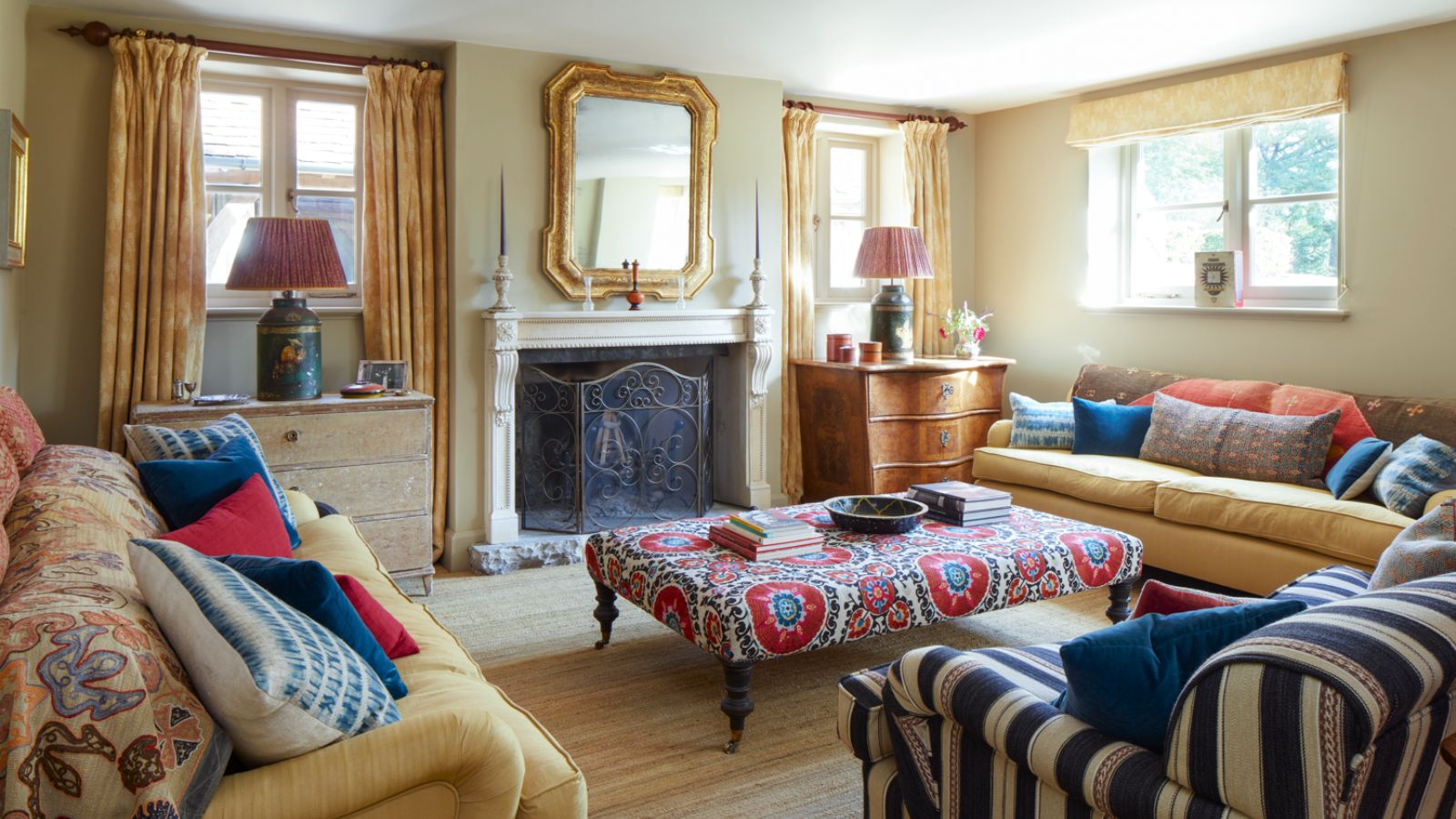

There's been a growing appreciation for vintage decor in the design world of late. Decorating your home with unique relics and antiques is one of the best ways to bring character into your space while also practicing a more sustainable style, plus there's nothing like scouring a flea market or estate sale on a Sunday afternoon. Embracing the trend for vintage decor is relatively easy, too – simply choose items that appeal to you and let the magic happen. The only caveat? Not every item promises to pay style dividends.
By now, we all know that decorating with vintage and decorating with antiques doesn't have to translate to stuffy, fuddy-duddy interiors. From classic Victorian furniture to bolder design movements like Bauhaus, vintage decor spans a huge range of aesthetics. While most of them appeal to designers, not every vintage tchotchke or furniture item earns respect in equal measure. Some aren't seen through such a stylish lens, others are fleeting fads, while certain items are just impractical in today's world.
Curating a home with curios and collectibles is as much about knowing what to steer clear of and avoiding thrifting furniture mistakes, as it is knowing which pieces to scout out. To find out which pieces to avoid, we spoke to some experts in the business. Here they share the eight antique and decor items that aren't worth bringing into your home.
1. Items that need a lot of restoration

A beautiful collection of vintage-style furniture, the mix of shapes, patterns and finishes establishes a delightfully eclectic corner.
It goes without saying but some items will need a little extra TLC when shopping for vintage and reclaimed furniture. When restoring old rugs or polishing vintage picture frames, this extra effort pays off, but you should know when to draw the line.
Antique dealer Max Rollit says items that need a lot of restoration just aren't worth your investment (unless you know what you're doing).
'It can be a very large part of our cost with antiques, often double the cost of the item, which can be a barrier to entry for people just starting to look into buying antiques for their home,' he explains. It's best to leave the costly handywork to those in-the-know.
2. Furniture that’s been over-restored
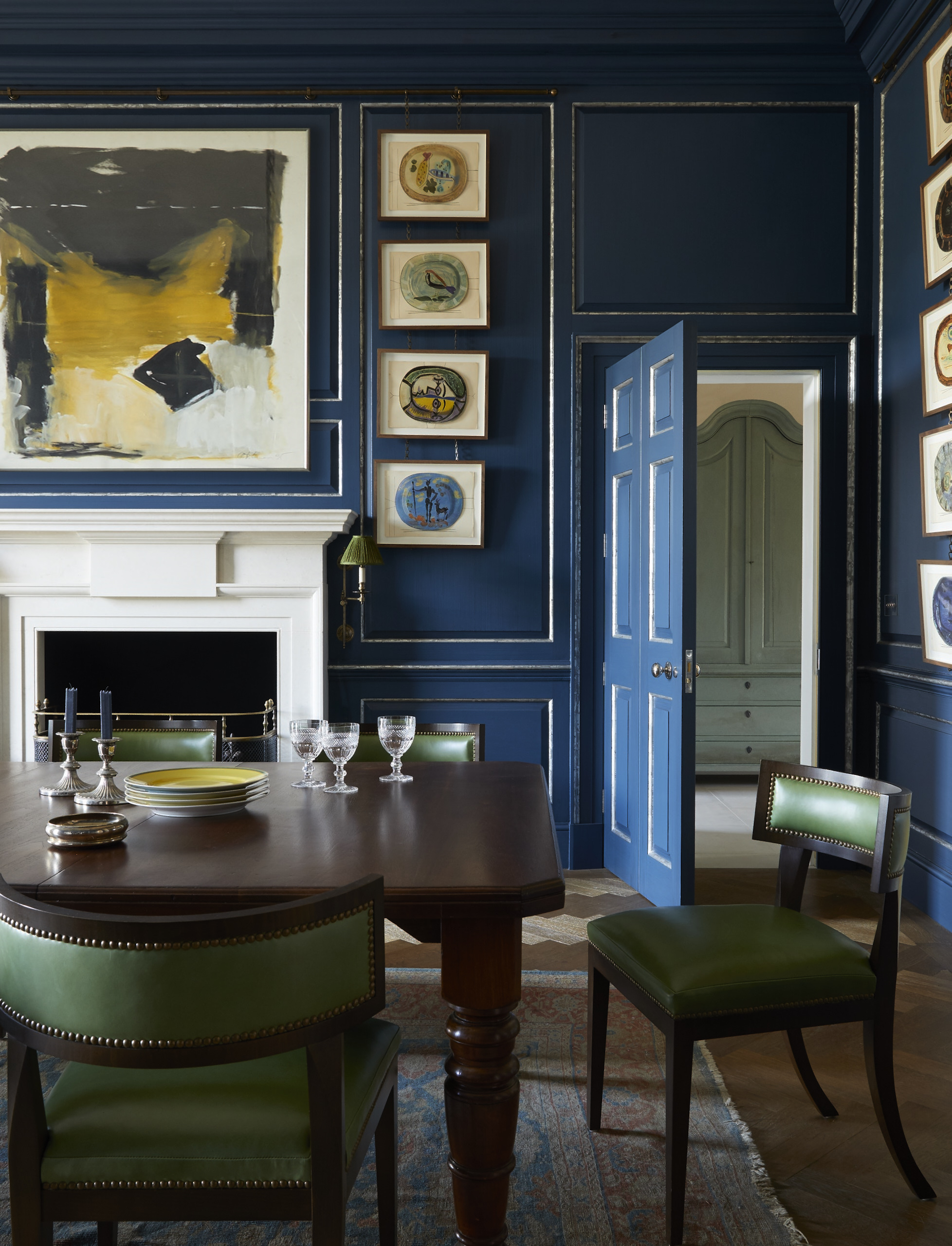
The dark wood and green leather chairs give this dining room a wonderful vintage feel, we love the striking contrast with the blue painted walls.
On the flipside, vintage pieces that have been meddled with too much will lose their appeal, both aesthetically and from a monetary standpoint.
When it comes to the collectibles interior designers look for when antique shopping, Max urges us to avoid furniture that’s been over-restored, 'especially anything overly polished to a high-gloss finish'. (No more throwing layers of paint onto those vintage chairs.)
'Part of the charm of antiques is the patina of age that comes with them, the knocks and bruises and oxidisation that show they’ve lived a life,' says Max. Without these unique imperfections, antique items lose their innate character as well as their value.
3. Lighting that can't be rewired
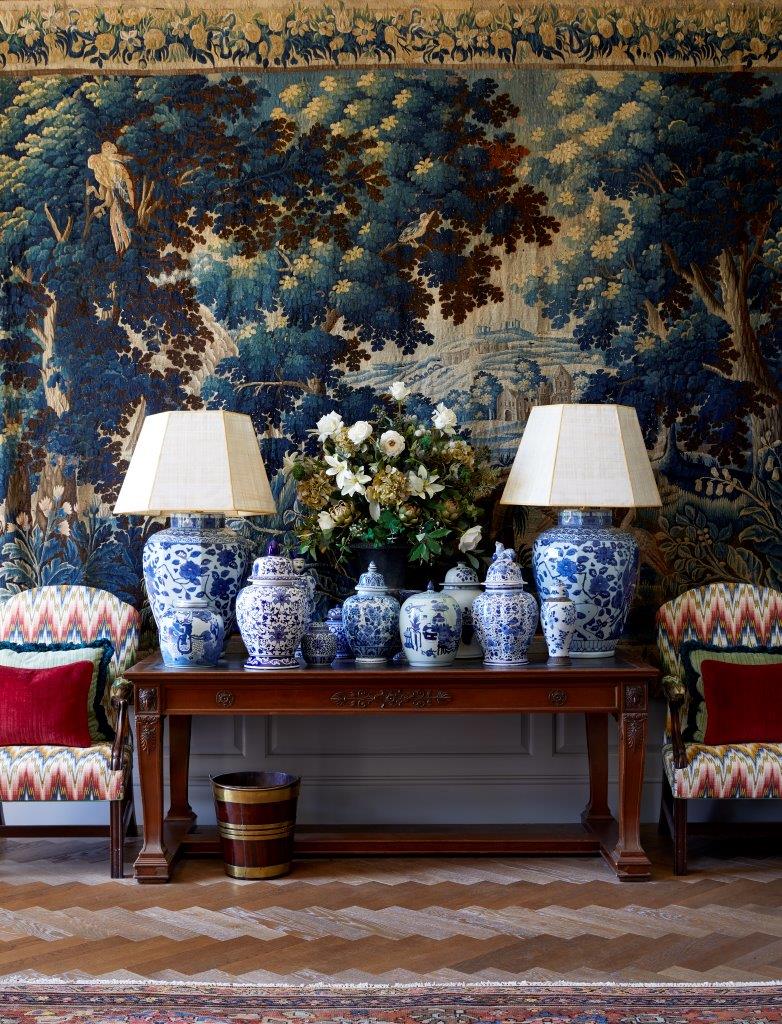
A timeless collection of beautiful blue and white china lamps and ornaments.
Sometimes, avoiding certain antiques is just a question of practicality. Vintage lighting ideas that are not compatible with modern bulbs, or lamps that lack polarized plugs, won't be a safe choice for your home. However, the good news is, many of these older forms of lighting can be easily rewired to meet local codes or current standards for electrical safety.
'Even antique chandeliers and candelabra that were intended for use with candles can be wired,' says Anthony Barzilay Freund, Editorial Director and Director of Fine Art at 1stDibs, who recommends them inside the home. 'The finest of these fixtures typically had ornate bronze frames, often suspending rock crystal lusters to refract the candlelight. Decorative elements like these not only make the vintage piece feel extraordinarily special, they disguise the presence of modern wiring along the chandelier frame.'
4. Overly ornate items
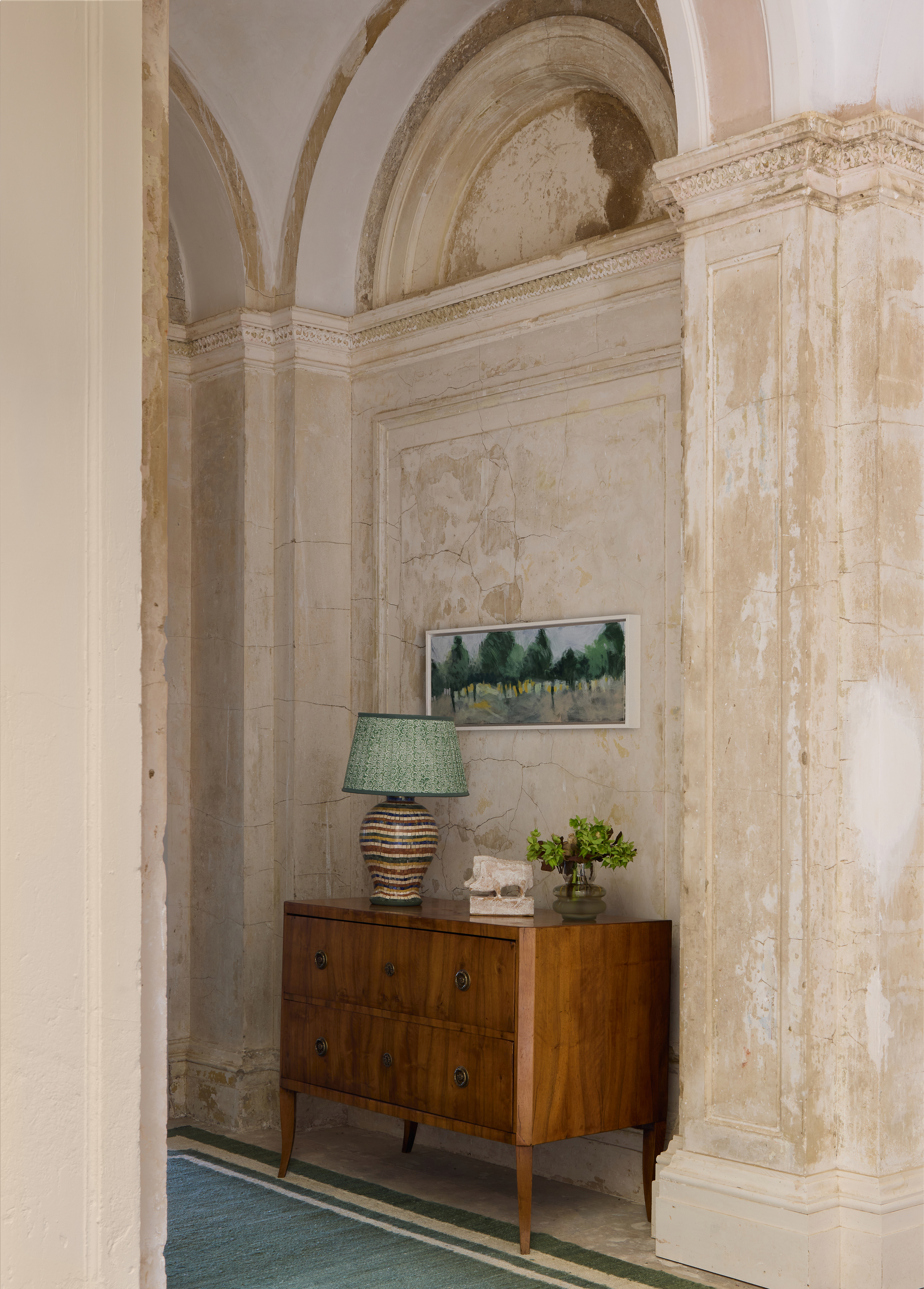
The simplicity of this 18th century commode gives it enduring appeal.
Modern designs are all about simplicity. While you might consider the ornate details in a Venetian dresser or an Art Nouveau lamp to be beautiful, it's best to opt for 'no frills' decor when purchasing antiques and vintage items.
'The antiques most suited to a modern interior are the simpler pieces with clean lines without ornate or fussy detail,' explains antique dealer and interior designer, Birdie Fortescue. 'Choose both polished wood with characterful patinas and painted finishes – a combination of the two will add interest and character.'
Don't just buy into vintage furniture trends, either. Be sure to mix styles from different eras. 'For example, an 18th century commode with a Mid Century brass table will look very stylish and lift a room,' says Birdie. 'Sticking to pieces from the same period can look boring by comparison.'
5. Antique bedframes
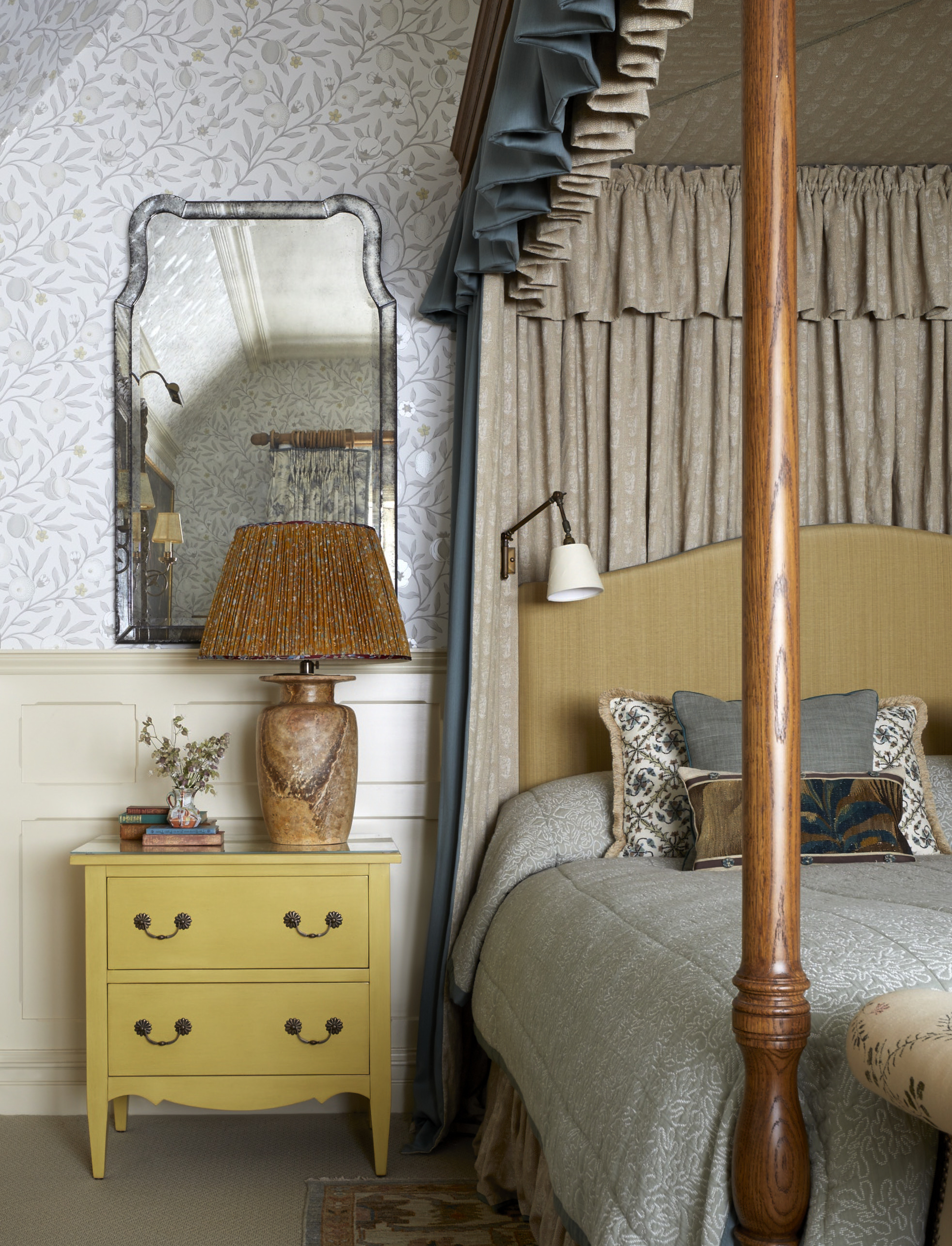
Make sure your vintage bedframe works in harmony with your mattress and the dimensions of the room.
We've all had fantasies about a four poster bed complete with a canopy in our bedroom, and nothing feels more elegant or luxurious than a French vintage style bed. And yet, Anthony warns us to be careful when it comes to antique bed frames.
The reason comes down to functionality, rather than style. 'Antique and vintage bed frames can be tricky to integrate into a modern home, as the standard mattress sizes most people prefer today were not introduced until the mid-20th century, and mattress sizes vary by country,' Anthony explains.
Instead, he suggests a period headboard as a vintage bedroom idea without the potential limitations posed by a full frame. 'Decorative and luxurious beds such as French lit en bateau, Chinese canopy beds, and mid-century daybeds can also make a statement as seating in a living space,' he adds.
6. Textiles
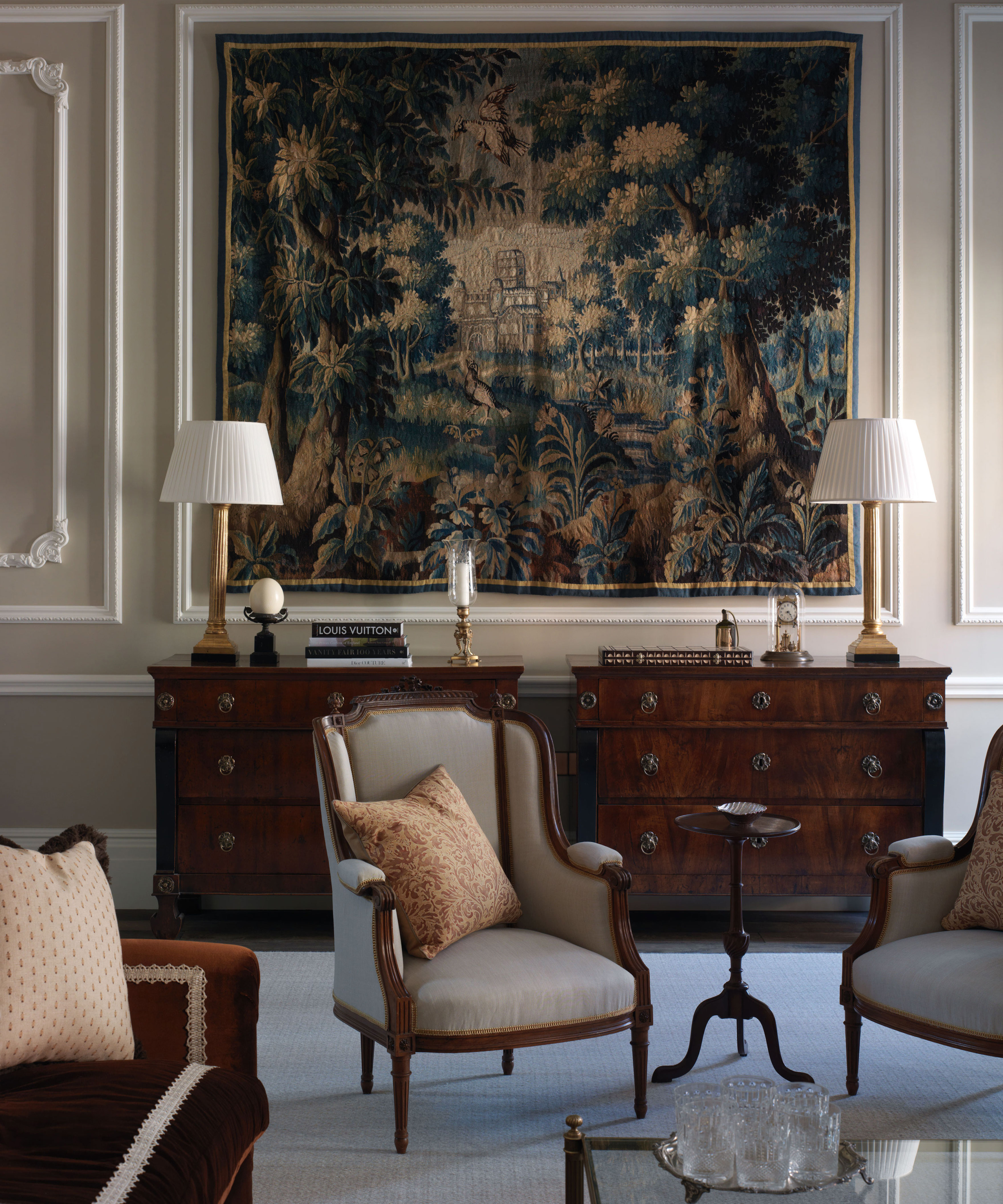
A striking tapestry that works in elegant harmony with the rooms neutral color palette.
Decorating with antique textiles is all the rage and offers beautiful options for pattern drenching your home. That doesn't mean it's automatically a good investment, however.
If in good condition, vintage or antique fabric can be a brilliant find. More often than not, however, vintage textiles need restoring (which comes at a hefty cost). There's also practicality to keep in mind. A hand-printed piece of vintage fabric won't be durable enough for everyday use (if used for a throw pillow, for example), and you won't be able to throw it in the washing machine either.
That doesn't mean you can't find alternative uses for a beautiful piece of antique fabric, however. 'Instead, they make great hangings or throws, and always make for excellent color inspiration for a room scheme,' says Max.
7. Impractical items or purpose-built furniture
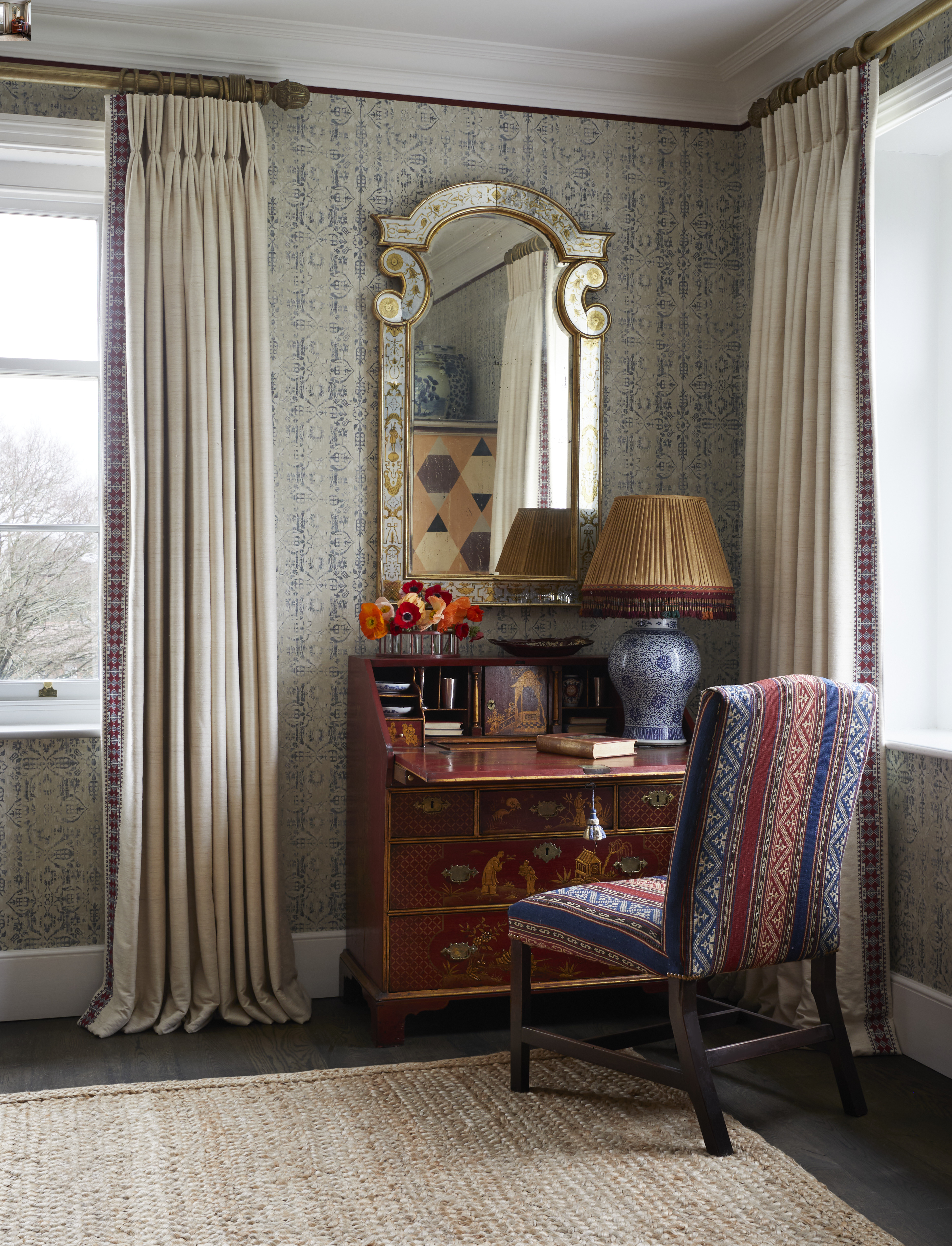
Vanity tables like this one are a great example of purpose-built furniture with timeless appeal.
Time moves quickly, which means many antique or vintage pieces just don't have the same relevance in today's society. While obsolete items often make intriguing curios (think type-writers, gramophones, and ice boxes) they not necessarily the best choice of decor.
'I think the key rule is that items should either be extremely decorative – to the point of being works of art of sculpture – or practical,' says Nicky Mudie , interior designer and founder of Violet & George. 'We struggle to sell second hand furniture, even special antique pieces, but if they have a functional use they retain their value better.'
Some pieces are still deserving of a place in our modern homes, however. 'While it is increasingly less common to commission custom-built furniture to conceal a television and almost entirely unnecessary to own a telephone table, there is a certain charm to antique examples of such utilitarian pieces,' says Anthony.
'Work tables from the 19th century, once designed to hold sewing or embroidery items, make beautiful side tables, as do the decidedly more practical antique pot cupboards, which were often very finely crafted to conceal their less-than-glamorous function. Vanity tables are another wonderful example of a purpose-built piece that retains a certain allure.'
8. Flash-in-the-pan design motifs
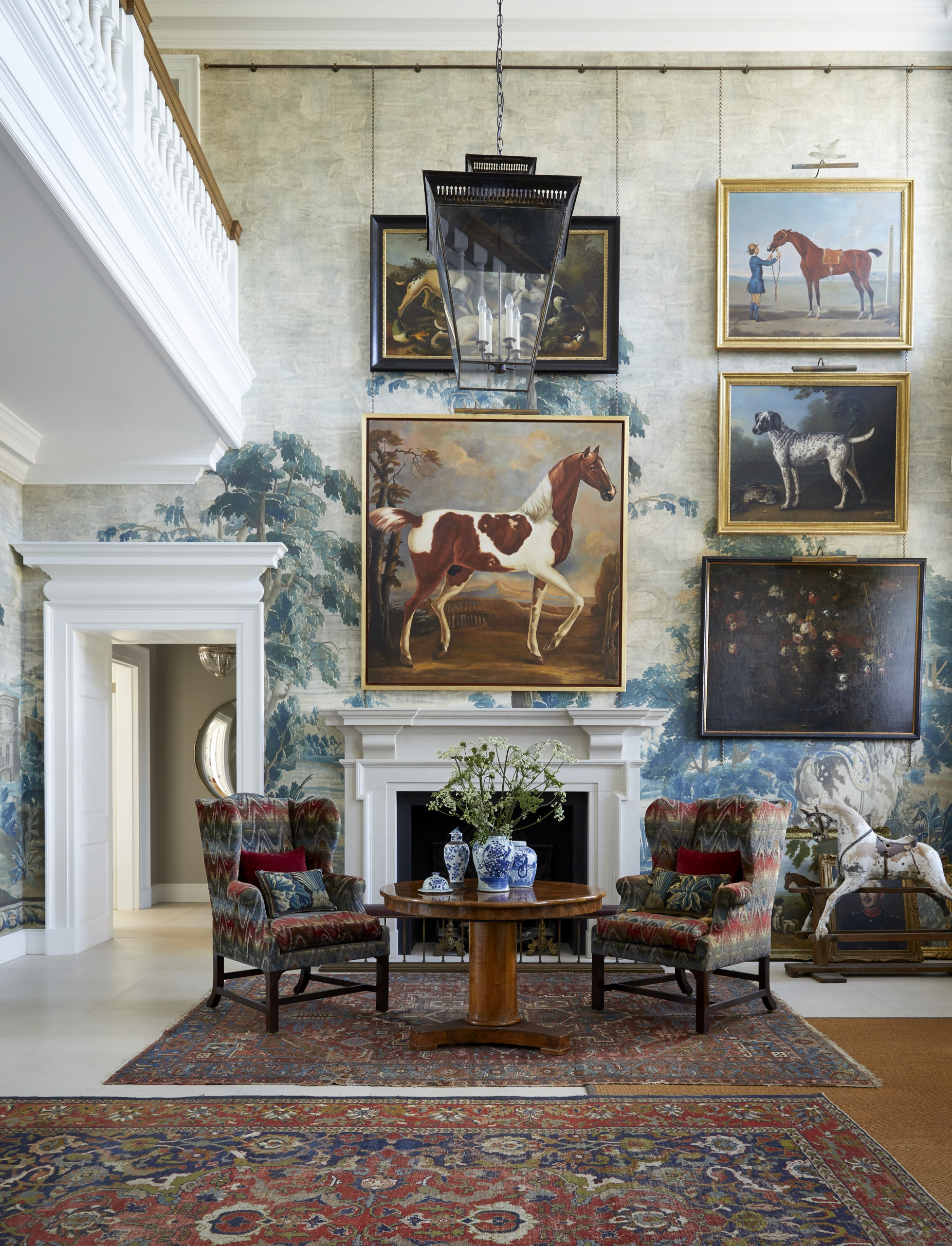
A beautiful example of decorating with vintage artwork in a large entrance hall.
Finally, steer clear of fads. While a certain antique style might be enjoying a resurgence, it's best to stick to items that promise longevity. A key question to ask before buying vintage furniture is whether you can still picture it in your home ten years from now.
Max says that this idea of timeless is why vintage decor appeals to people more generally. 'Something like a bobbin leg is very fashionable right now, but if we want something to stand the test of time, we draw a lot of inspiration from classical design, especially when it comes to designing our own bespoke furniture,' he says. Look for classic forms and enduring designs if you want your home to stand the test of time.
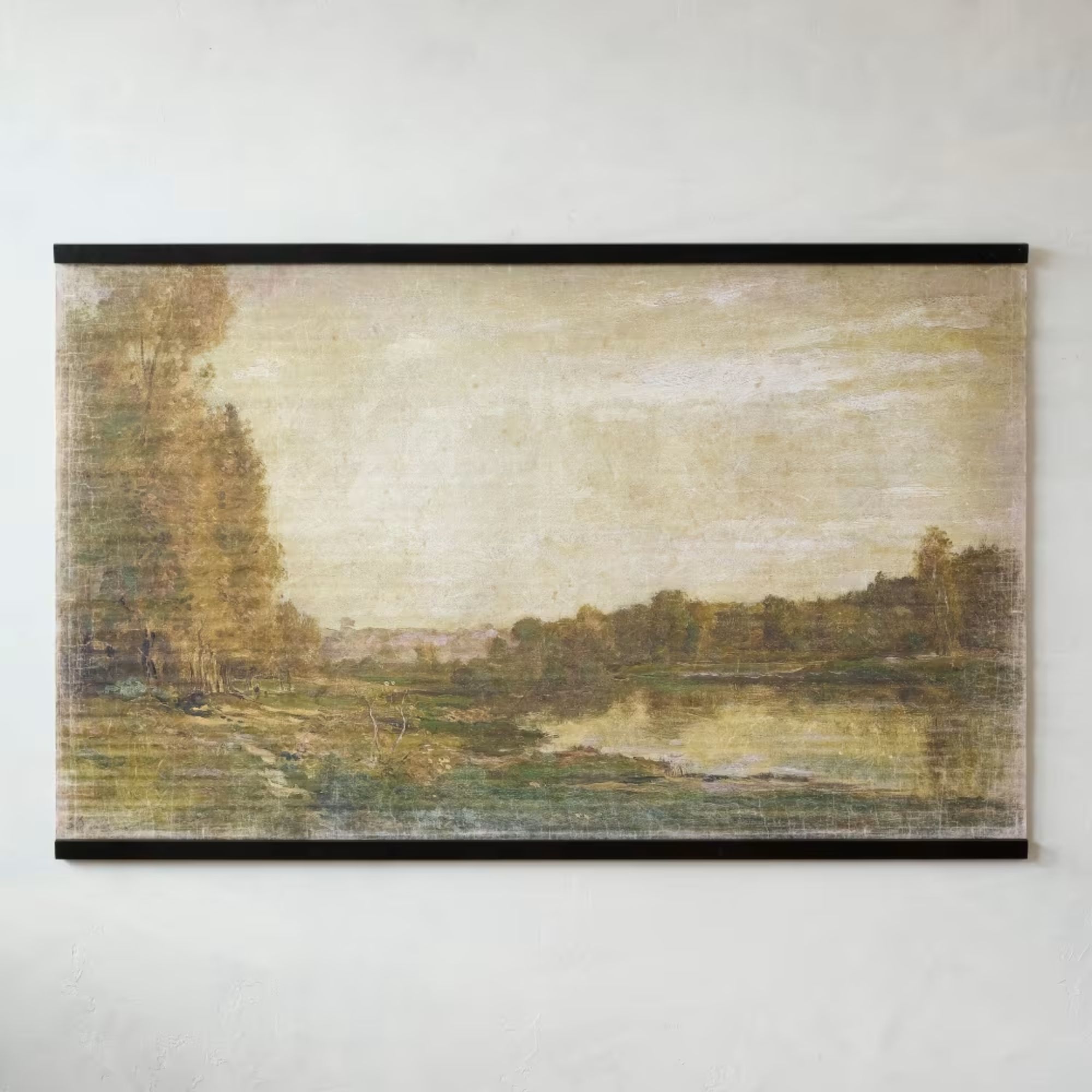
Consider turning vintage textiles into tapestries like this one, or save yourself the hassle and shop this range at Magnolia. Each tapestry comes in this intricate landscape style or aged floral still-life portraits.
Vintage decor opens up a whole new world of decorating, but you need be savvy about the items you choose if you want your space to deliver on style. Be wary of the items above, but always keep an open mind; nothing is off the cards if you're intentional with your curation.
For some more inspiration and guidance on incorporating vintage and antique pieces into your home, we explore the biggest vintage trends for 2025 that designers are loving (that will last for many years to come).
Sign up to the Homes & Gardens newsletter
Design expertise in your inbox – from inspiring decorating ideas and beautiful celebrity homes to practical gardening advice and shopping round-ups.

Lilith is a freelance homes and interiors writer. As well as contributing to Homes & Gardens she's written for various other titles homes titles including House Beautiful and Livingetc.
You must confirm your public display name before commenting
Please logout and then login again, you will then be prompted to enter your display name.
-
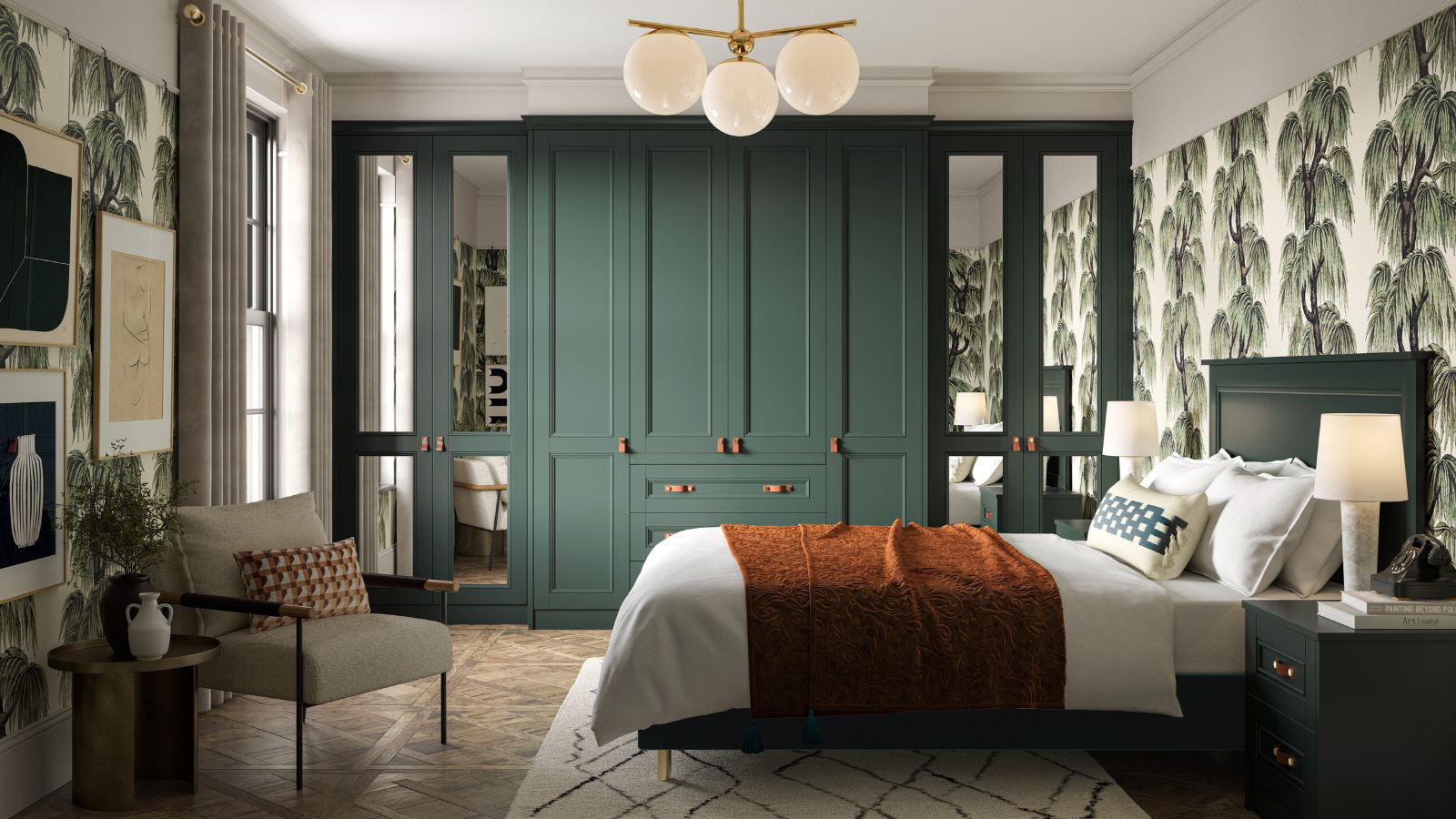 Is this the end of built-in bedroom furniture? Designers decide if this once-loved feature will in fact date your space
Is this the end of built-in bedroom furniture? Designers decide if this once-loved feature will in fact date your spaceWill we be saying goodbye to built-in wardrobes, shelves, and drawers this year? We spoke with interior designers to see if this classic carpentry style will continue to be featured in bedrooms
By Eleanor Richardson
-
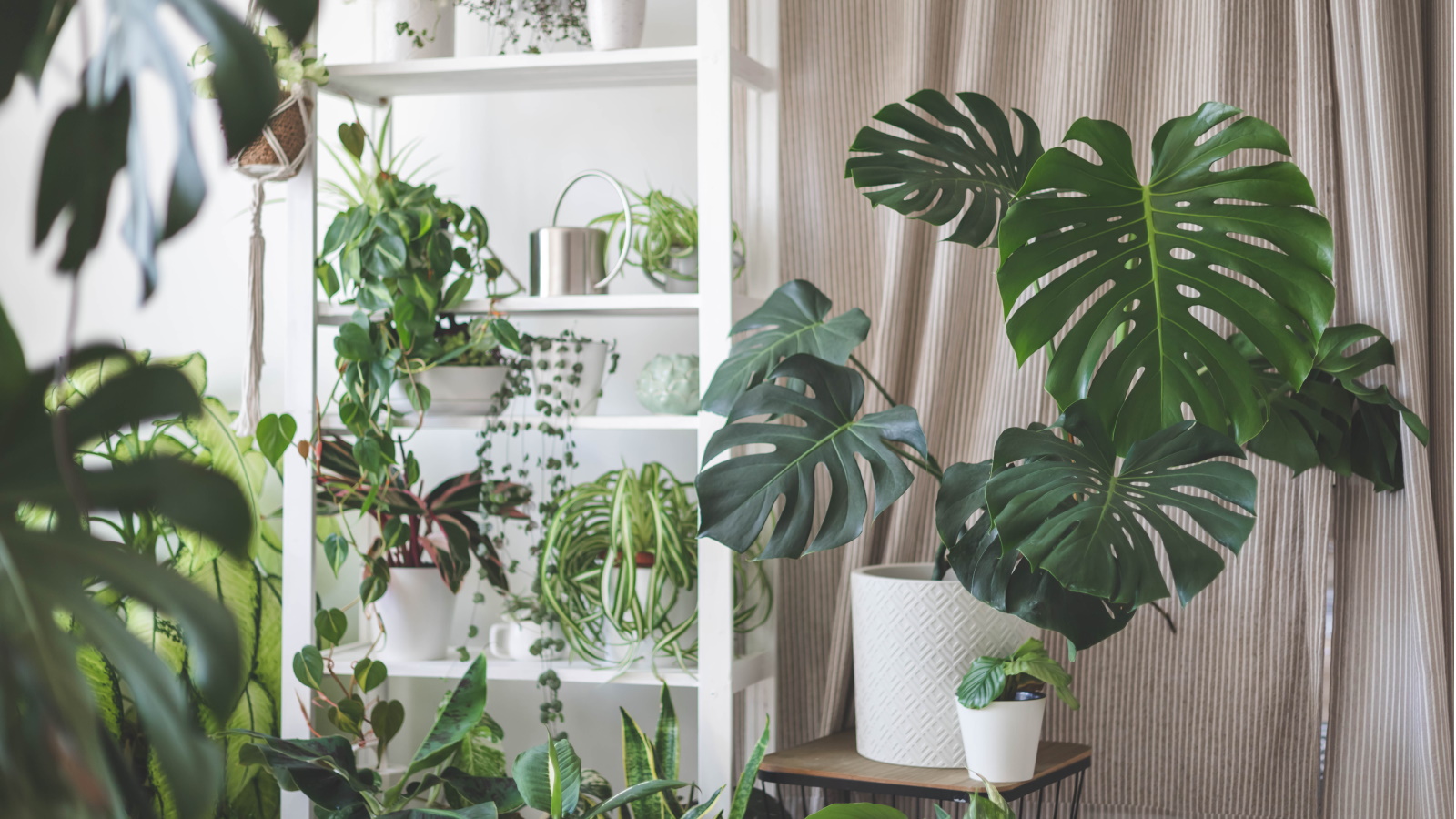 These are the worst houseplants for beginners – experts reveal 5 difficult plants to avoid, plus easy alternatives to choose instead
These are the worst houseplants for beginners – experts reveal 5 difficult plants to avoid, plus easy alternatives to choose insteadCaring for these houseplants successfully requires a lot of of TLC
By Tenielle Jordison
